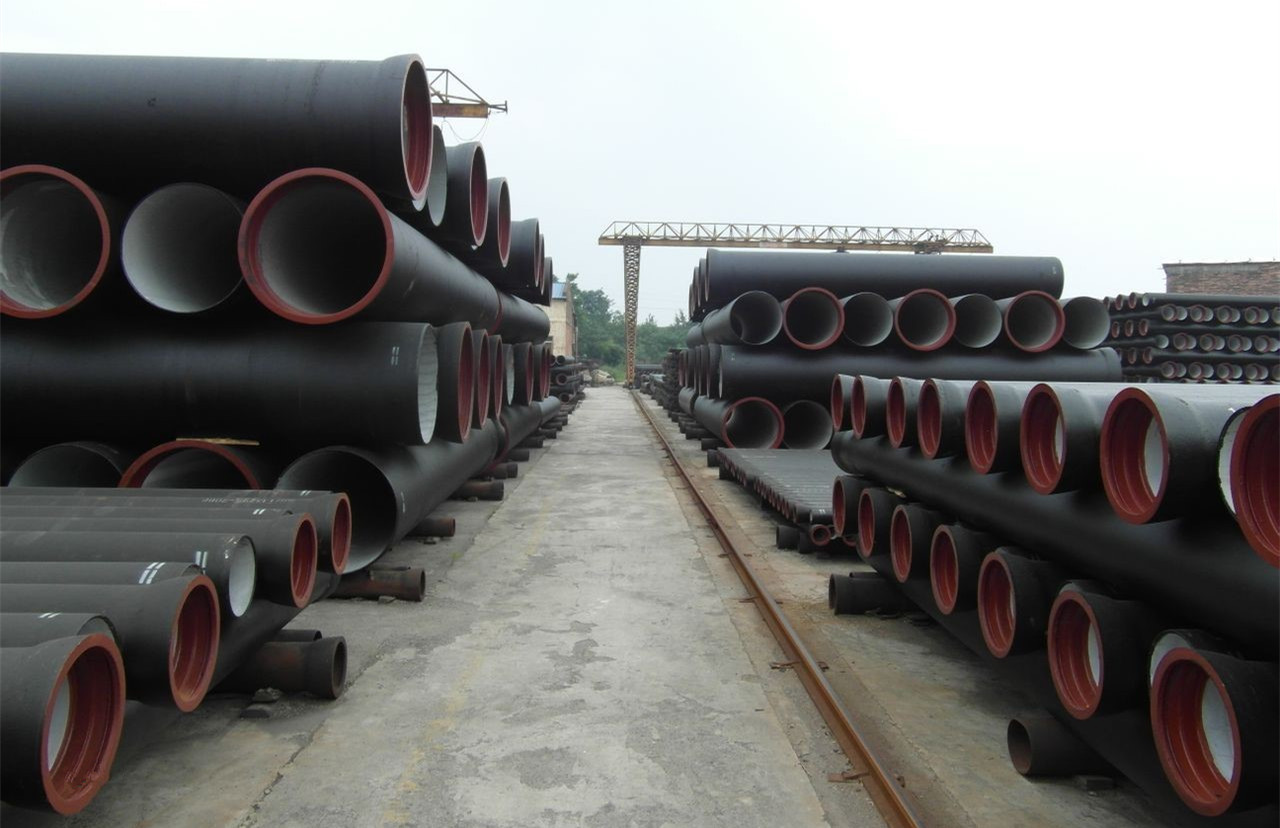Regulations before the hydraulic pressure test of pipelines
1. Pipelines for pressure test must be tested after completed backfill.
2. For special requirements, some specific pipelines can leave pipe joints not to be backfilled, but the pipe body needs to be fully backfilled to a certain height to avoid displacement of
pipes.
3. The maintenance for the fixed station (cement) of pipe fittings shall reach the designing strength requirements.
4. Inject water and keep immersion over 48 hours (the cement lining can absorb water).
5. Open all the valves on the pipes that are in the test section, and using gate valve as plugs is not allowed. Make plugs and jacks for two ends and the jacks should be determined according to the trust tonnage.
6. In the boosting of the pipelines, the gas within the pipelines should be discharged as much as possible. In the lifting-pressure process, when the oscillation of the pressure gauge hand is large and unstable, you shall discharge the gas once again and boost by 10% step by step.
7. When the hydraulic test is in the process, anyone standing on the two ends of pipes is forbidden.
8. Make a record of the hydraulic test.
9. Check and accept.
Announcements:
1. In transportation, different loading and unloading methods may cause the sockets of
ductile iron pipes become elliptical. The pipes below DN400mm can be installed by cutting the severely elliptical section. Pipes over 500mm, if they are not so elliptical, they can be rounded by special tools, and then mended by cement lining on site. Before mending the elliptical section, you shall clean up sand and debris around the section needs to be mended, and then soak the section with water. Make sure there is no ponding around the elliptical section. Make the surface of the elliptical section smooth and cover it by plastic sheets.
2. The pipes can not be installed in a snake-like appearance, and if this appears, adjustment by construction team is needed. Keep the pipeline straight.
3. The rubber ring shall be sealed and stored in cool and dry places.
4. The sand cushion in the trench needs to be level, and big partial concavities are not allowed. Installed pipes need to be checked one by one to ensure that pipe impending does not occur.
5. In backfill, check whether pipes are moving or not, including up and down, left and right.
6. Below the center line of pipelines, after a raised height about 200mm-300mm, the soil has to be tamped once, and the density of the tamped soil shall over 90%. Above the center line of pipelines, after a raised height about 500mm, the soil has to be tamped once, and the density of the tamped soil shall over 85%. There must be specific personnel to manage and supervise the backfilling.
7. For special requirements, some specific pipe joints can be kept without being backfilled, but the pipe body needs to be fully backfilled to avoid flotation of pipes and displacement in the integral pressure test.
8. There is no need to choose the special soil for backfilling the ductile iron pipe. However, it is better and economical to use sand to backfill the parts which have direct contact with pipes or backfill the parts with the good-quality sand or soil in the trench.
9. When the soil texture is soft, it is better to use sand to backfill the center of the pipe diameter. Pay attention to not letting installed pipes sink.
10. Underground water should be discharged as far as possible to avoid the pipe base being swamped by water. Softening of bases caused by this is essential to the construction in southern areas of China.
11. It should be noted that the two sides of pipes shall be backfilled equally with sand soil, and the bottom of pipes also shall be fully backfilled by sand soil.
12. If newly connected pipelines are not injected with water or backfilled, then ponding after raining will cause flotation of pipes. The ponding within the trench also might be underground water. To prevent this phenomenon, taking effective prevention measures as follows.
(1)Flush pipes as far as possible after installation.
(2)Install draining pumps within the trench.
(3)Backfill as soon as possible after installation.

